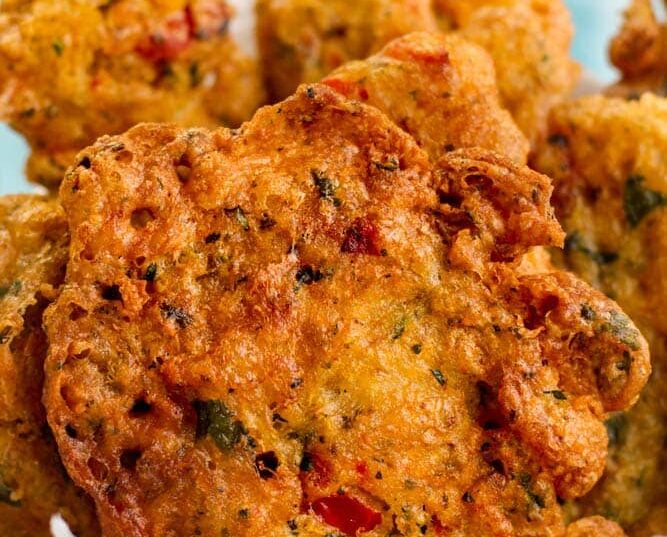|
Getting your Trinity Audio player ready...
|
Microwaves are a form of electromagnetic radiation with wavelengths longer than visible light, but shorter than radio waves. Microwaves generate a certain heating effect. Microwave ovens use these waves to heat food by generating energy that stimulates water molecules, making them vibrate and produce heat. The waves are reflected by a metal screen embedded in the glass and the screen acts as a solid metal mirror. There is not enough energy in these waves to cause any type of damage to human cells and tissues.
Microwave ovens are subject to strict safety rules and regulations to ensure that they emit minimal radiation and do not cause any harm to users. Regulatory agencies, such as US Food and Drug Administration, the International Commission on Non-Ionizing Radiation Protection and the US Environmental Protection Agency establish and enforce these guidelines.
Misconceptions
Cancer. Scientific consensus supports the idea that microwaves, when used within recommended guidelines, do not pose a direct risk of cancer. The energy levels emitted by microwaves are insufficient to cause the DNA damage typically associated with the onset of cancer. This fundamental distinction is crucial to understanding why microwaves are classified as non-ionizing and considered safe for cooking. Additionally, numerous studies have failed to establish a clear link between microwave oven use and an increased risk of cancer.
Radiation leaks. Concerns often arise about radiation leaks from microwave ovens. However, modern microwave ovens are designed with multiple safety features to prevent these types of leaks. Regular maintenance, proper use, and avoiding damage to oven door seals ensure that exposure to non-ionizing radiation remains well below established safety limits. However, a worn or damaged gasket around the oven door can allow radiation leakage that could create an unsafe condition.
Loss of nutrients. Another misconception suggests that microwaving food causes a loss of nutrients, which contributes to cancer risk. While it's true that certain cooking methods can cause nutrient degradation, microwaving is generally considered one of the gentlest methods. The extent of nutrient loss depends on the temperature and length of cooking time. The short cooking time and minimal use of water using the microwave helps retain nutrients better than cooking or boiling for a long time.
Use of plastic. Concerns have circulated about the use of plastic containers in the microwave, with fears that harmful chemicals will leach into food. While it is advisable to use microwave-safe containers and avoid certain types of plastic, the overall risk of cancer from using suitable containers is negligible.
How to minimize risks
- Follow the manufacturer's instructions for safe microwave use.
- Periodically inspect the oven for signs of damage. Make sure the door seals properly and fix any problems immediately.
- Use utensils and containers labeled microwave safe to avoid potential movement of contaminants from plastic to food. Using plastics that are not microwave safe can release harmful substances when heated.
- Stay a safe distance from the microwave while it is in operation to minimize any possible exposure to electromagnetic fields. However, exposure levels to these currents from being near an operating microwave are considered negligible.
- Avoid boiling food in the microwave, as this cooking method is particularly harmful in this equipment. Although, most research indicates that microwave ovens produce less extreme temperatures than stove and oven methods.
- Try to bring one healthy nutrition. While microwaving itself does not pose a cancer risk, a diet high in microwaved or processed foods can contribute to an overall unhealthy lifestyle. In that particular, consume a variety of fresh, whole foods prepared using various cooking methods.
- Stay informed about microwave safety, radiation, and potential risks through review from trusted sources. For example, websites of government health agencies, research hospitals, global organizations, and scientific institutions such as universities; peer-reviewed research; as well as websites of authors whose existence you can confirm, who cite verifiable sources and who have a demonstrable professional profile.
In summary, there is no recent and conclusive evidence of harmful or dangerous consequences to human health recorded from cooking food in a microwave oven.
Main references:
Fischetti, M. (2008). How the Microwave Works. Scientific American, 299(5).
Zaman, M. M. (2015). Electromagnetic Radiation and Human Health. Technical Report. Research Gate. DOI: 10.13140/RG.2.2.13195.28962
Zamanian, A. & Hardiman, C. (2005). Electromagnetic Radiation and Human Health: A Review of Sources and Effects. High Frequency Electronics, pages 16-26.
Carmen M. Pérez Velázquez










